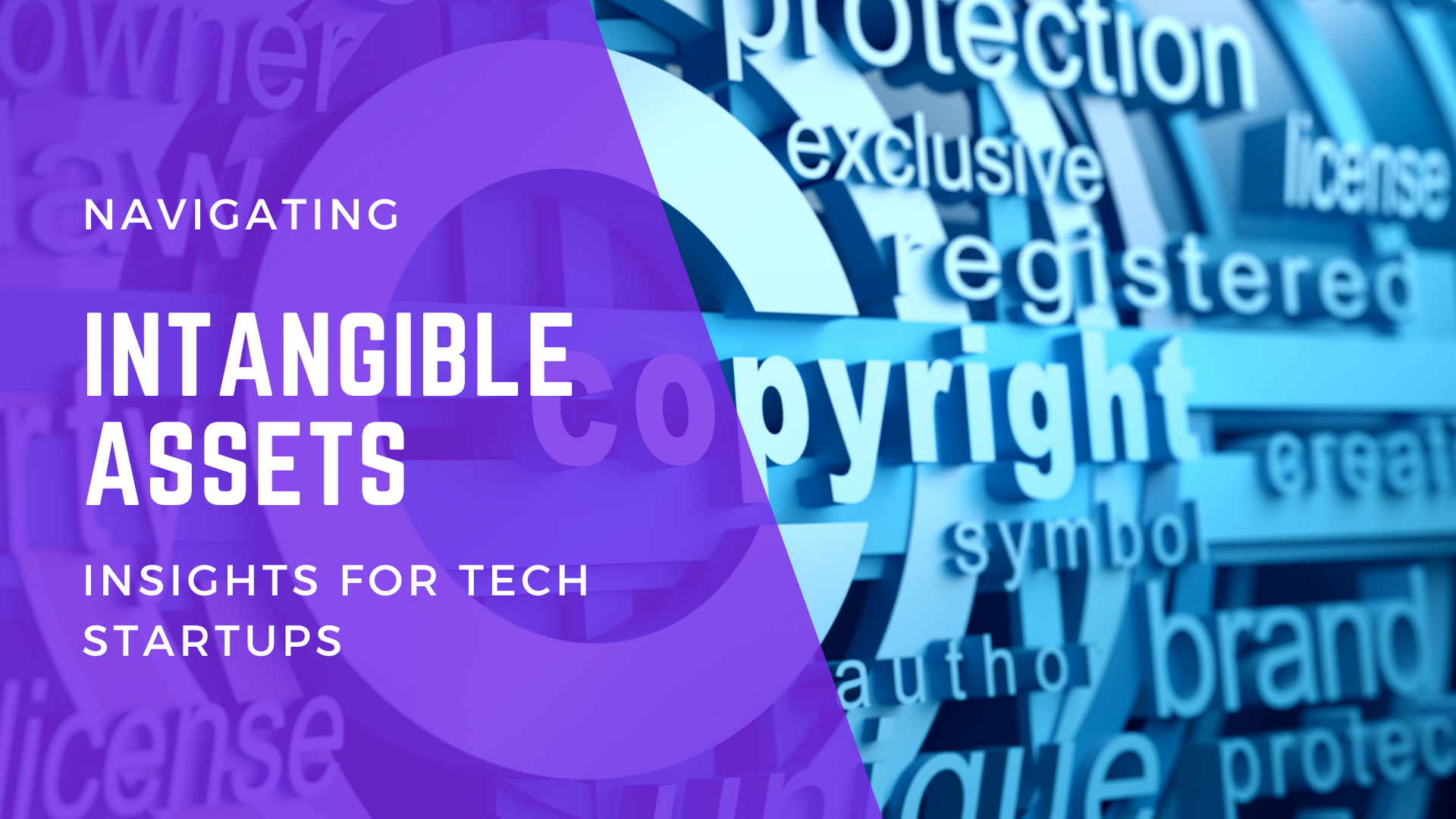Capitalisation of R&D costs for tech startups
Capitalisation of R&D costs for tech startups – what you can and can’t do
A common question we get at OTG Accountants from our tech startup clients is,
‘How should we treat the capitalisation of R&D costs?’
In the UK, which follows the International Financial Reporting Standards (IFRS) framework, some R&D costs can be capitalised rather than expensed but how do you decide what and how much of your R&D costs to capitalise?
What is R&D expenditure?
R&D stands for Research & Development. These are the upfront costs that companies such as tech startups, healthcare & pharmaceutical companies and other organisations that innovate will incur when creating new products or services. R&D spend includes direct expenditures such as salaries, outsourced R&D, software, prototyping and consumables to design, develop, and enhance processes, products, services and technologies.
What is capitalisation of R&D costs?
IFRS allows a company to transfer some of its R&D costs to the balance sheet by way of capitalisation of expenses into assets. This spend will create profits in the future, so capitalisation of R&D costs enables a company to match the expense against the profits created from the expense.
Why capitalise R&D spend?
When R&D spend is capitalised, it is then amortised to the P&L account over the useful life of the asset, thereby matching the cost with the associated revenue to give a more accurate picture of profitability. The impact in the current year accounts is to increase EBITDA (earnings before interest, tax, depreciation and amortisation) by increasing the profit for the year. There will be a corresponding increase in fixed assets on the balance sheet which will then be written down by depreciation over subsequent years. FRS102, section 18 on Intangible assets states that this period should be less than 10 years.
What can you capitalise and what must be expensed?
According to FRS102, companies may NOT capitalise research spend but may capitalise development spend that meets certain criteria.
A company may recognise the development spend as an intangible asset if it can demonstrate ALL of the following:
- It must be technically feasible for the intangible asset to be completed so it can be used or sold.
- It intends to complete the intangible asset so it can be used or sold.
- It has the ability to use or sell the asset.
- The way in which the asset will generate probably future profits e.g the company could show market demand for the output of the asset.
- It has adequate resources to complete the asset development so it can be used or sold.
- It must be able to reliably measure the costs associated with the asset creation.
Deciding whether to capitalise R&D costs or expense them
While it may be tempting to improve the short-term profitability of your company by capitalising your development costs, it may not be the best approach in the long-term, especially if you are seeking funding rounds. Tech company valuations are primarily based on a revenue multiple, so artificially inflating your profits through over-capitalisation of R&D costs could be storing up future problems.
What about R&D tax relief and capitalisation?
New businesses often assume that if you capitalise development costs, R&D tax relief cannot be claimed. However, this is not necessarily the case. HMRC’s guidance, the Corporate Intangibles Research and Development manual CIRD81450 provides for R&D tax relief of intangible assets when spend meets these criteria. The expenditure:
- must be an allowable cost for tax purposes for the period in question,
- must be an intangible asset in the accounts and
- should have been incurred in the accounting period in question.
This means that in practice staff, subcontractor and software costs can be capitalised and included in a claim for R&D tax relief.
Accounting for your R&D costs correctly
It can be tricky to get this area of accounting accurate and optimised for your startup so if you need support, contact David Masih, our client relationship partner. David can explain how OTG Accountants can ensure your startup is compliant and as attractive as possible to potential investors. Call 03330 067 123 or email info@onthegoaccountants.co.uk for a no-obligation chat today.
You may also be interested in:





